
When our school refreshed its mission this year, one word quietly changed: nurture became empower. It’s a small adjustment, yet it signals a meaningful shift in how we think about learning. Nurture hasn’t disappeared. It remains the ground from which empowerment grows. To empower a learner is to nurture their curiosity, confidence, and sense of agency, the skills that allow them to step forward and take responsibility for their own learning. Empowerment doesn’t replace nurture; it depends on it.
Empowerment begins when understanding gives rise to informed choice. In the language of the Primary Years Programme, it is agency, voice, choice, and ownership, in action. To be agentic, students need knowledge to guide their decisions. Choice alone isn’t agency; it’s understanding that gives choice meaning. Empowerment is not about freedom but about cultivating the insight and confidence to act with purpose. It’s often mistaken for independence, as though students should simply learn to stand alone. But real empowerment is relational. It’s not something schools do to students or something students develop despite school; it happens in the shared space between them, when teachers and learners co-create purpose and direction.
You can see this clearly in the way MIS approaches three-way, or student–parent–teacher, conferences. In the annals of education, these meetings were chiefly an exchange between adults: the teacher reporting progress, the parent listening, the student observing from the side. Now, the student sits as the central protagonist. Teacher, parent AND student bring evidence of their learning, reflect on their progress, and identify their next steps. In these conferences, students are not talked about but talked with. Teachers and parents provide direct feedback and dialogue to the learner, working in partnership to help them grow. The result is a moment where empowerment becomes visible, where learning is no longer something experienced, but something owned.
%20Where%20do%20I%20want%20to%20be%20(What%E2%80%99s%20my%20next%20goal)%20How%20do%20I%20close%20the%20gap%20(What%20steps%20can%20I%20take).png?width=1920&height=1080&name=Where%20am%20I%20now%20(What%E2%80%99s%20going%20well%20for%20me%20now)%20Where%20do%20I%20want%20to%20be%20(What%E2%80%99s%20my%20next%20goal)%20How%20do%20I%20close%20the%20gap%20(What%20steps%20can%20I%20take).png)
That same spirit carries into the process of goal setting, (a focus at MIS) which helps students think deliberately about their learning through three simple questions: Where am I now? Where do I want to be? How can I close the gap? These questions guide reflection and effort, but they also build metacognition, an awareness of how learning happens and how to influence it. Research supports what teachers see every day. John Hattie’s synthesis of thousands of studies shows that when learners understand their goals clearly, progress accelerates. When students know where they’re heading and why, they direct their energy where it matters most. Clarity builds confidence, and confidence strengthens agency.
Empowerment grows gradually, shaped by nurture, challenge, and trust. It’s a partnership between students, teachers, and parents, one that builds the capacity for self-direction while ensuring every child feels supported along the way. It grows quietly, in conversations, in moments of reflection, in the steady realisation that learning isn’t something that happens to you but something you participate in shaping for yourself. In that partnership, empowerment becomes more than a goal of education; it becomes the way learning truly comes to life.
Nathaniel Atherton
Junior School Principal
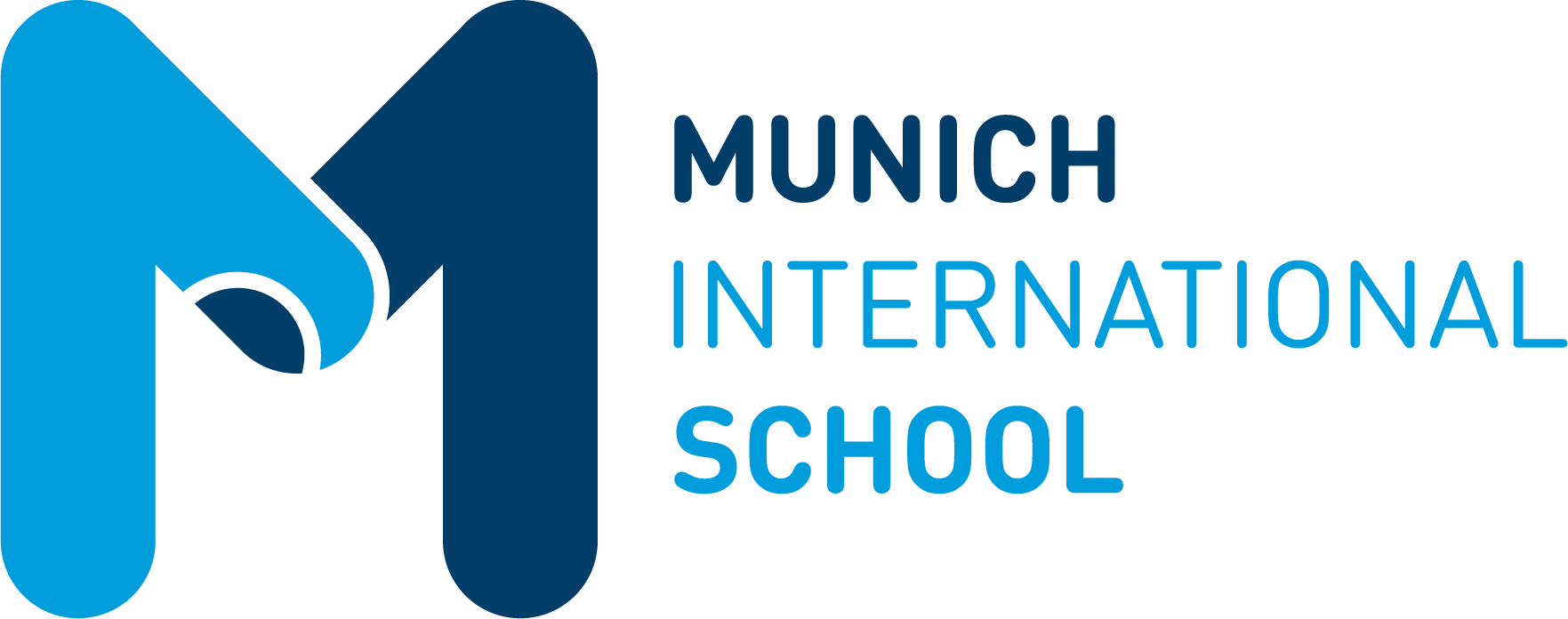
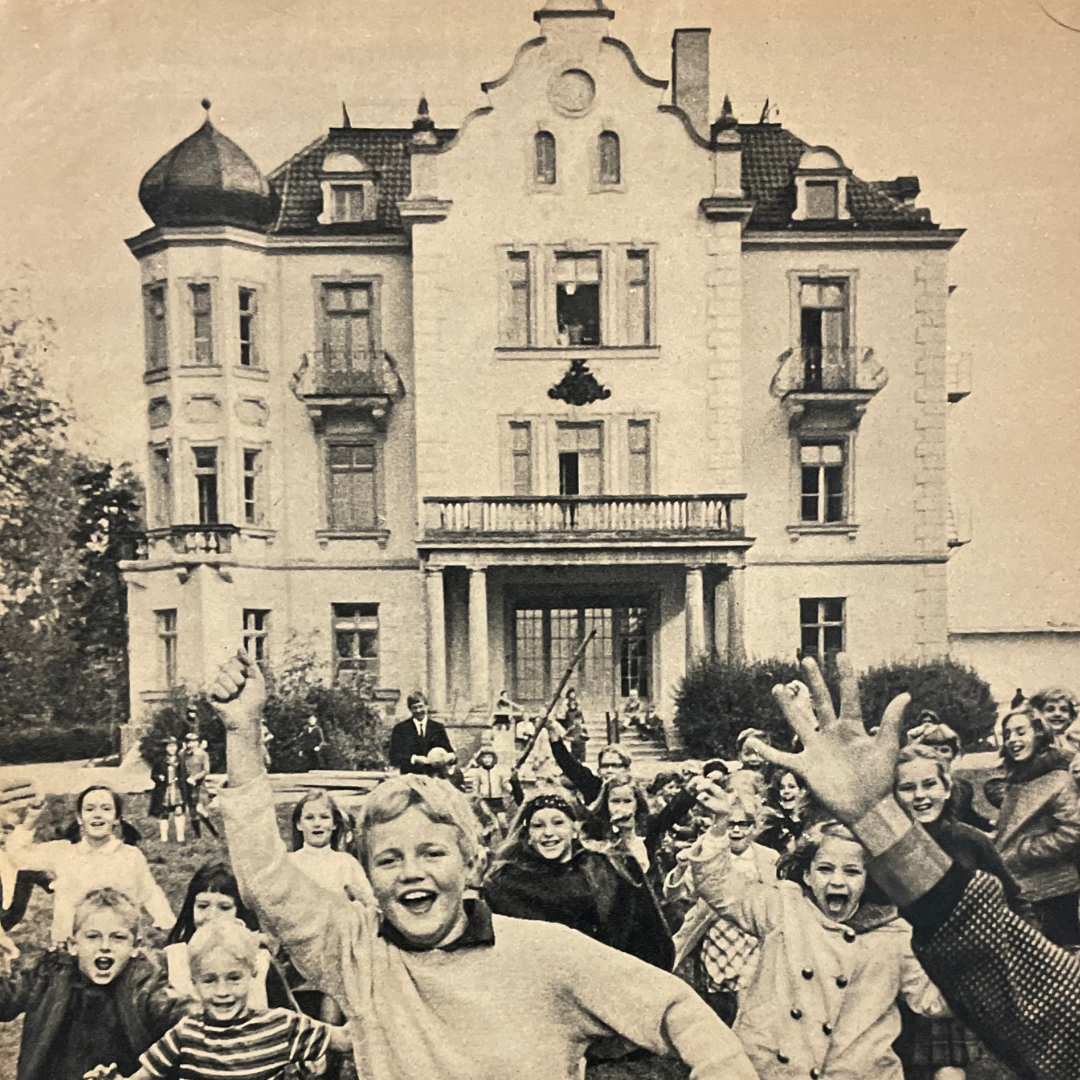
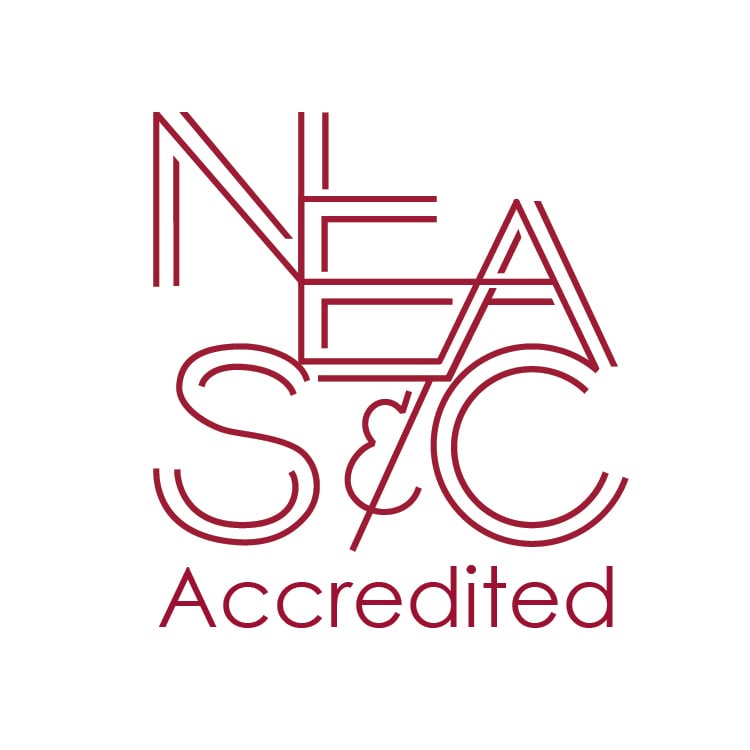
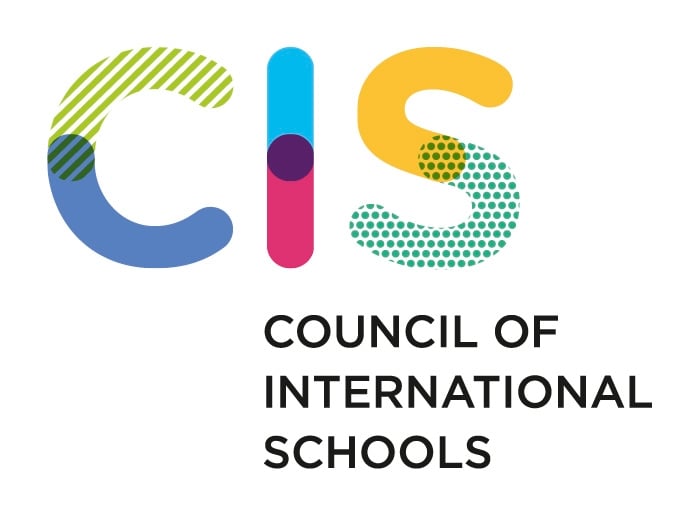
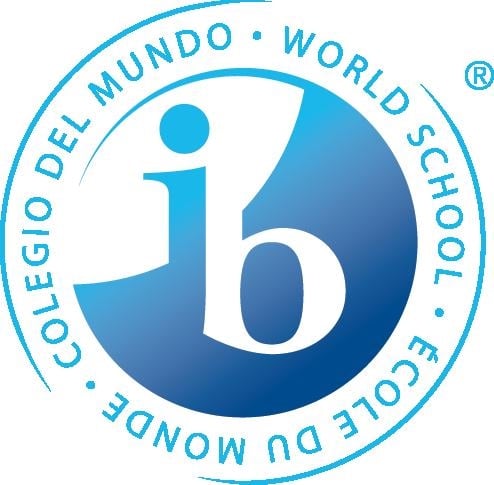
.png)